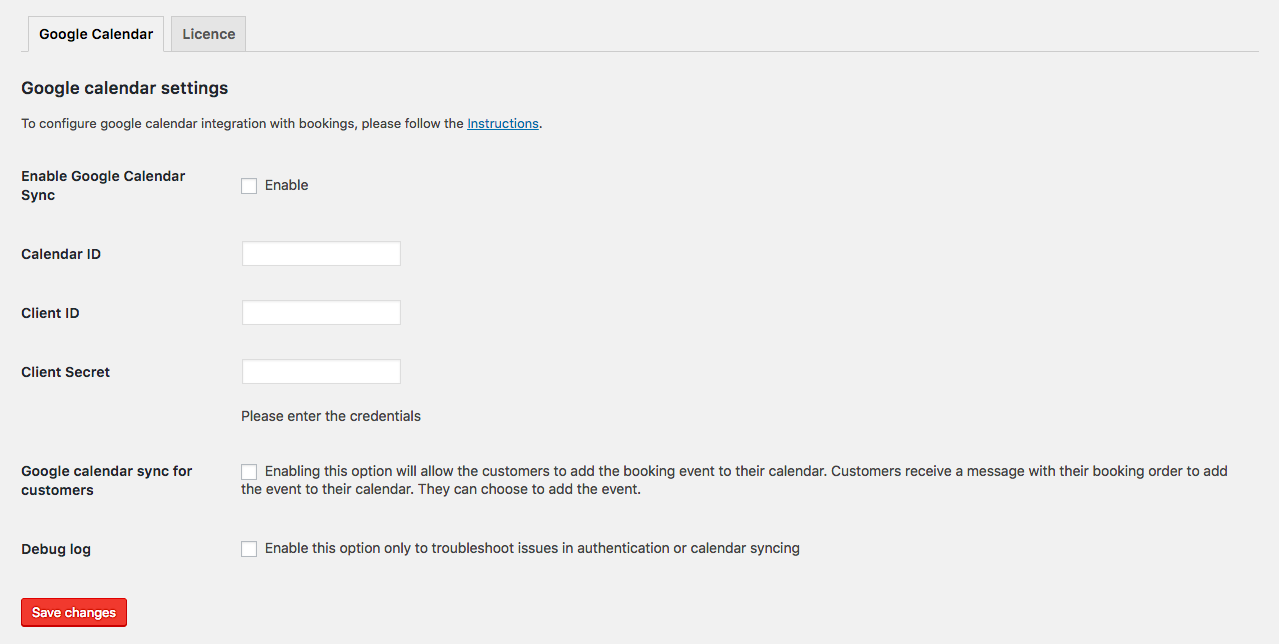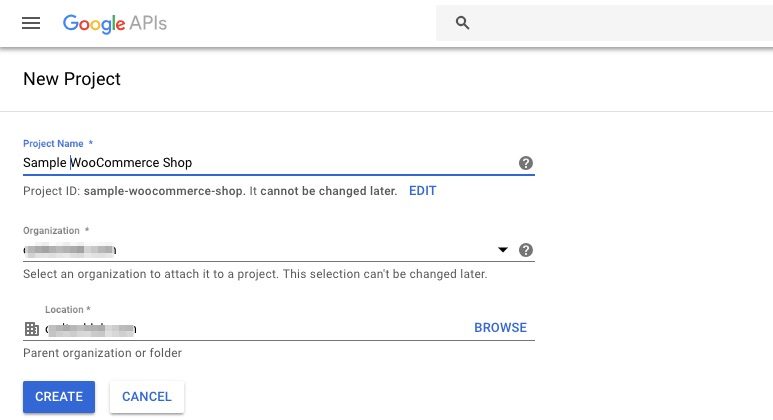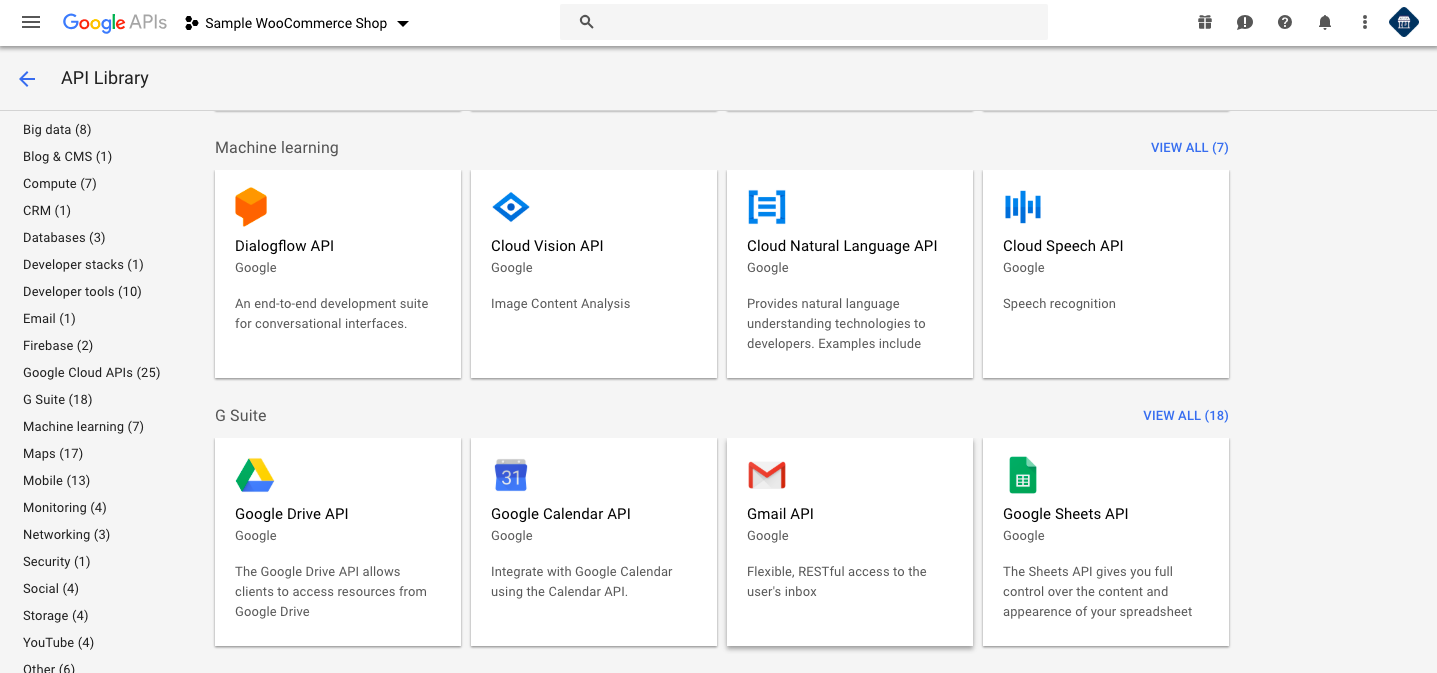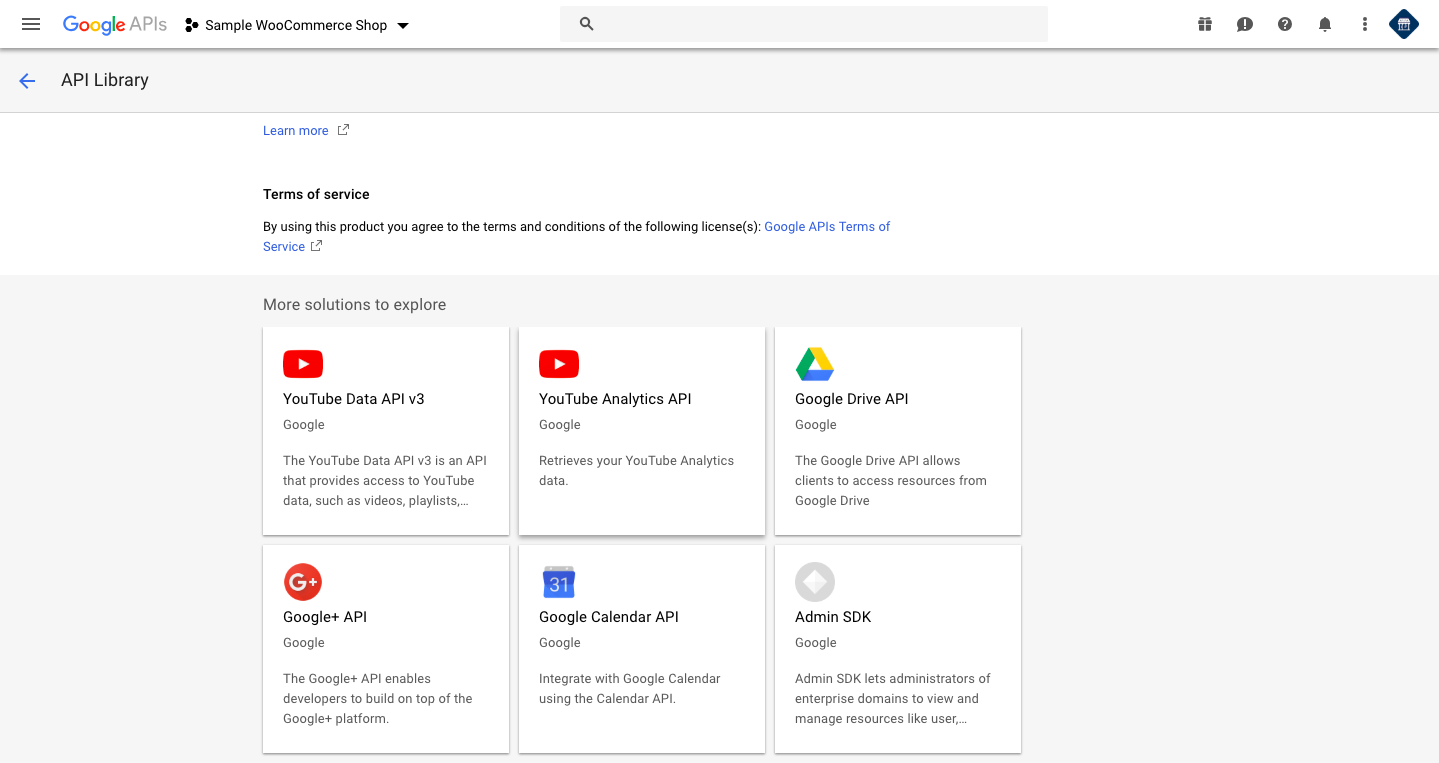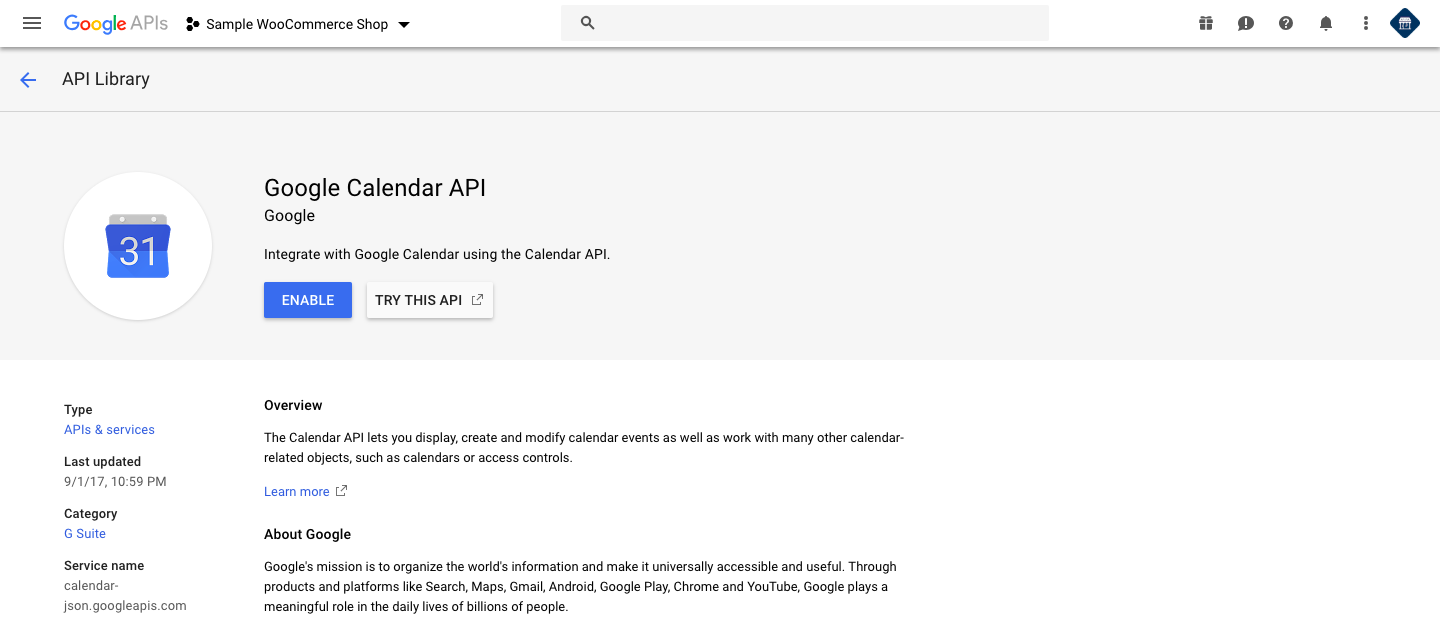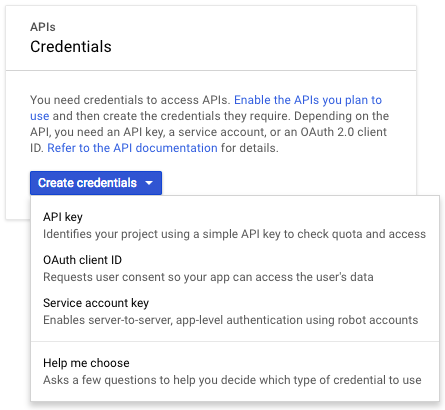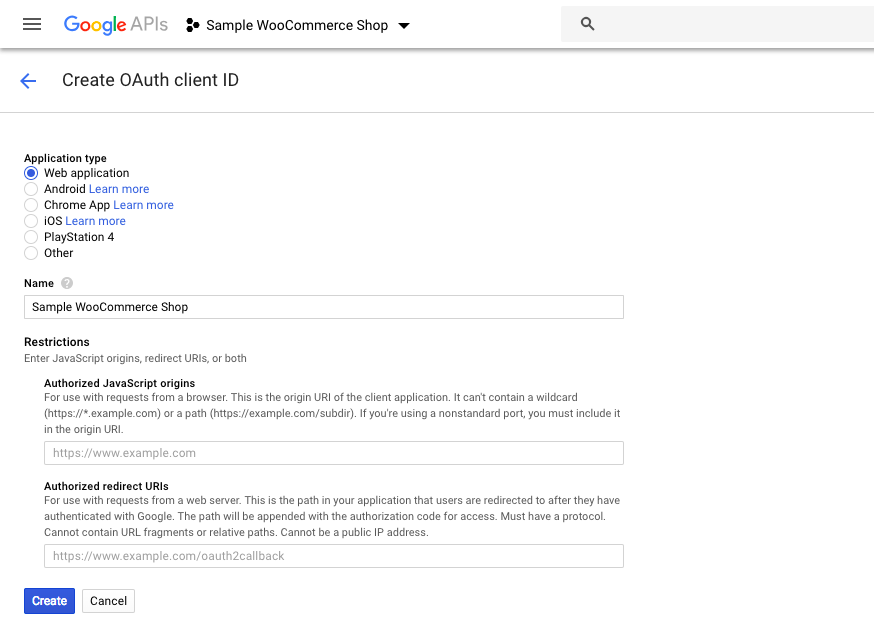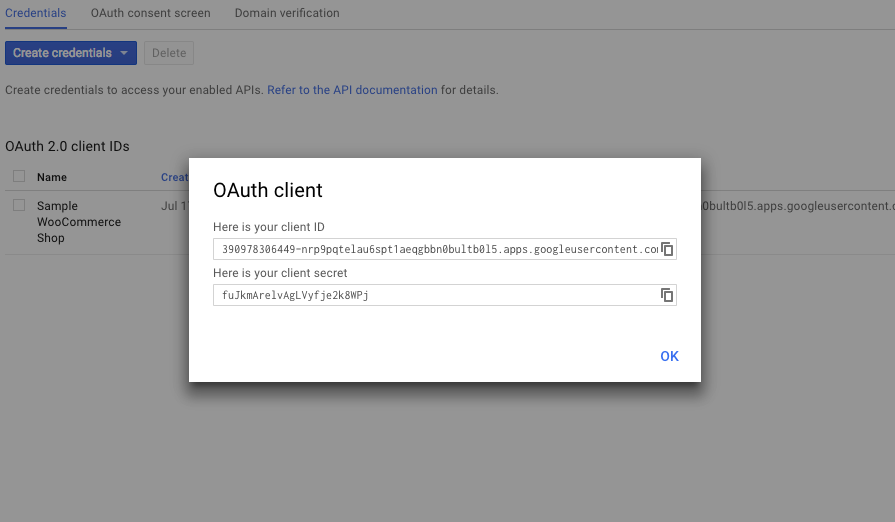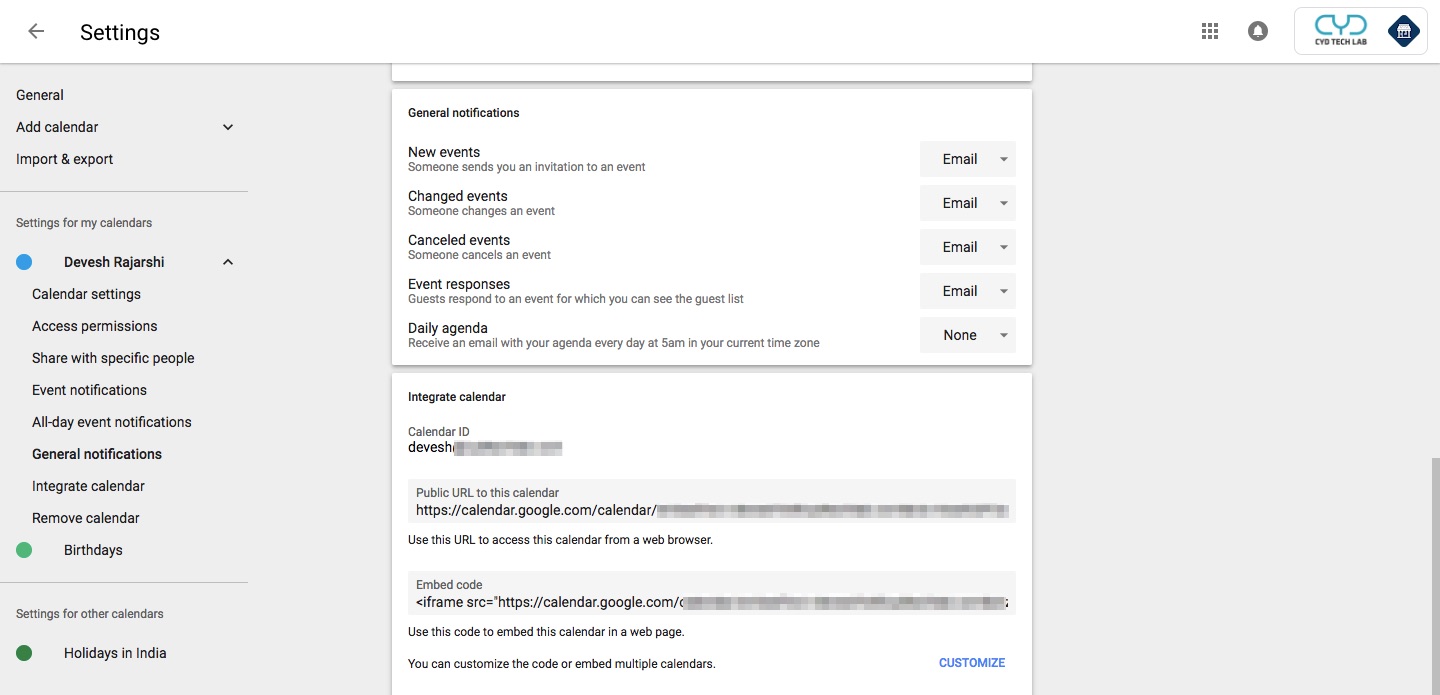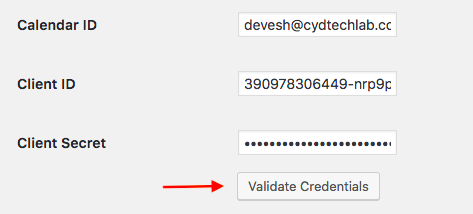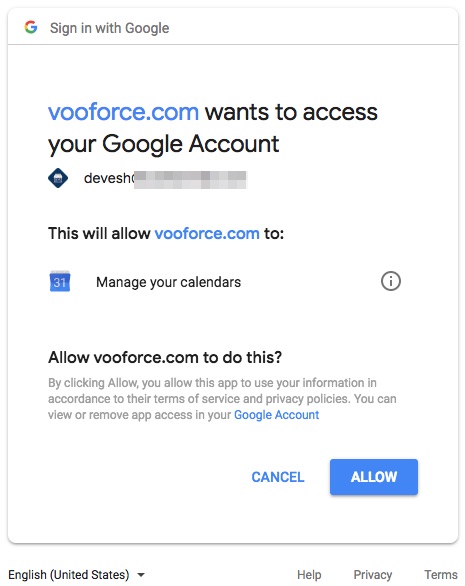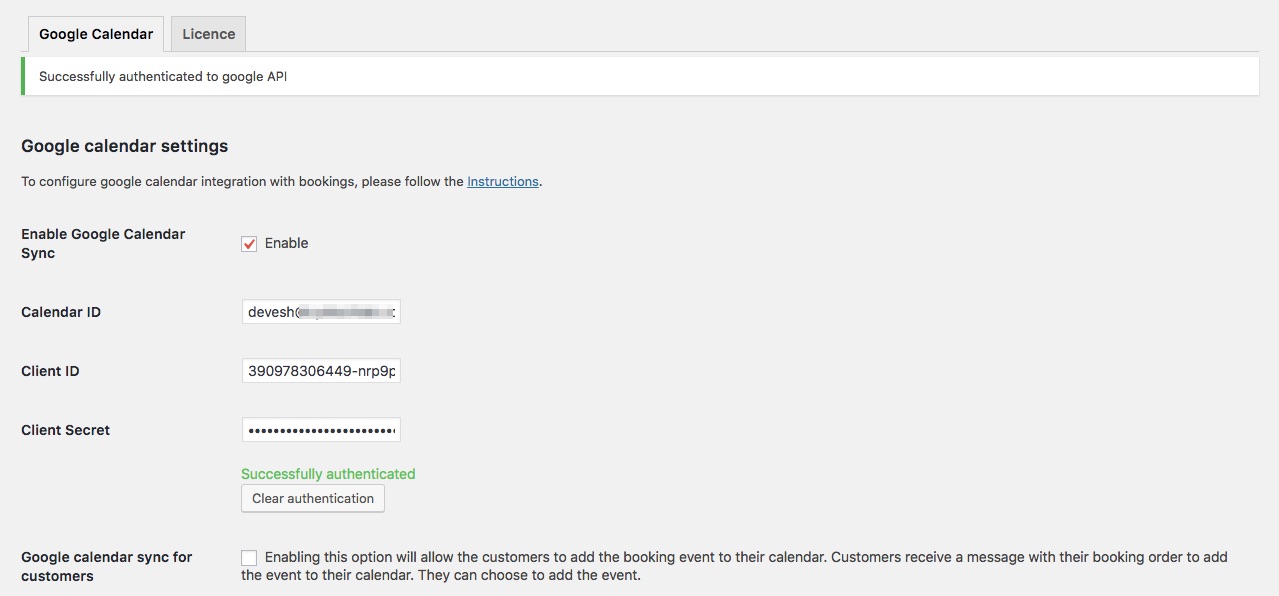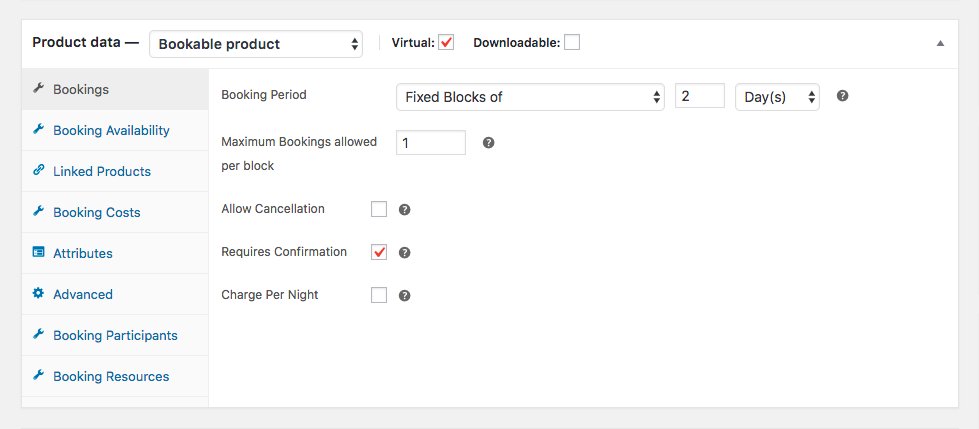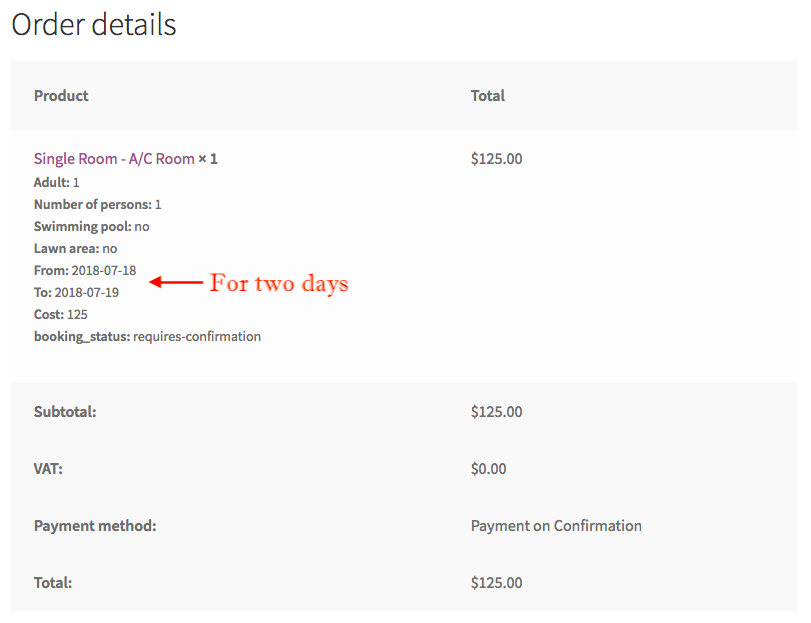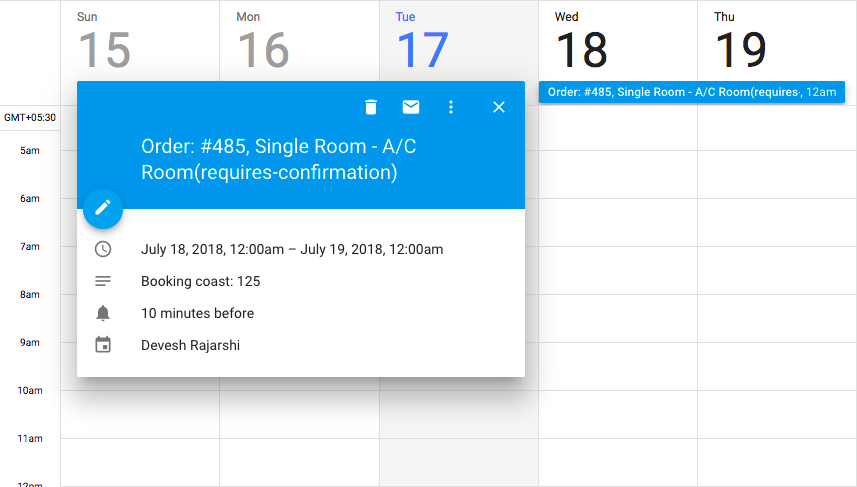
When it comes to marketing, you're likely to have little to no money to work with. This is by far the most common problem faced by small internet company entrepreneurs. Your plans for promoting your eCommerce site will be hindered by this.
A lack of resources shouldn't deter you from gaining the recognition and support you deserve. The secret to effectively promoting an e-commerce website on a shoestring budget is to make creative use of the free tools already at your disposal.
These five marketing strategies for promoting eCommerce websites on a tight and restricted budget were created with creativity and resourcefulness in mind.
1. Use social media to increase website traffic
Research shows that social media is the primary source of the traffic to websites. The rise of social media users is largely to blame for the move from search to social. As more and more people spend more time on social media platforms than anyplace else, eCommerce site owners are turning to social media in order to connect with their target audience and start dialogues.
The first step is to find out where your clients are and follow them there. Find out what platforms your consumers use for social media or, alternatively, determine the platforms that get the majority of the traffic to your site. Choose the top three to five social media channels with the largest audience and get close to them by providing them with an excellent product list for marketing.
2. Collect emails using free applications.
Email marketing has endured despite the proliferation of new digital trends and tools for advertising and promoting eCommerce businesses. Email is still considered to be one of the most cost-effective methods of marketing by many companies.
Email marketing is also a very effective means of spreading brand awareness. It's easy to build up an email campaign to encourage people to promote your eCommerce site by simply sending your email to others they know after you've built up an email list. Motivating them with referral goodies for each successful visit to your site is a great way to keep them motivated.
If you think about it, building an email list is free. Automating the process of building an email list is already possible with the help of free marketing applications. If you're a clever marketer, you'll be familiar with email opt-in forms that are carefully placed on your website to ensure that every visitor is collected and not wasted.
Your email opt-in forms may be placed in a variety of places on your website. As a rule, you'll encounter pop-up forms that ask for your email address. However, this may cause problems for your customers as they go about their purchasing. Smart header bars, a wonderful replacement for long forms, are now being used by an increasing number of marketers to gather email subscribers.
3. Boost your website's search engine optimization plan
When it comes to increasing a website's organic (unpaid) search engine exposure, the majority of competent marketers use the strategy known as search engine optimization (SEO). To rank higher in organic search results for popular search keywords without spending money on paid advertising, implement a solid SEO plan. One of the greatest strategies to get more organic traffic and better placement on search engine results pages is to promote your eCommerce website using standard SEO techniques.
Google, for example, has a slew of criteria in its ranking algorithm and is always adding more.
4. Start a blog with a specific audience in mind.
Blogging is an essential part of every medium- and long-term plan for promoting an e-commerce business. To avoid disappointment, don't anticipate a rapid surge of high traffic with your initial blog post.
You may expect to attract high-quality visitors to a niche blog that publishes material that is specifically tailored to your target demographic. As a result of their interest in your blog's content, clients are more likely to find your blog and read it. People are more likely to go to your e-commerce website now that they've read your blog.
What you can do to start a specialized blog is to use the keywords we discussed previously. Make sure you're writing about these keywords since they're what your audience is searching for online. Start a blog on fitness and healthy living if your target audience is looking for diet advice.
5 . Collaborate with a friend or colleague to do guest posts
Along with launching your own blog, you should also consider inviting relevant firms or individuals to write guest posts on your behalf. You might offer to write a blog post for any prominent blog associated with your business.
First things first: polish your pitch before contacting any blogs at random. Make your offer more attractive since they're likely to get a lot of proposals for guest posts. Be sure to read their policies, since some may forbid you from promoting your own products. Your bio and a link to your e-commerce website may, however, be included.
A well-written blog post is more likely to attract visitors who want to learn more about the author and visit the author's website. Your eCommerce website will benefit greatly if you become a guest blogger. In addition, it's a terrific way to boost your search engine optimization (SEO).
































